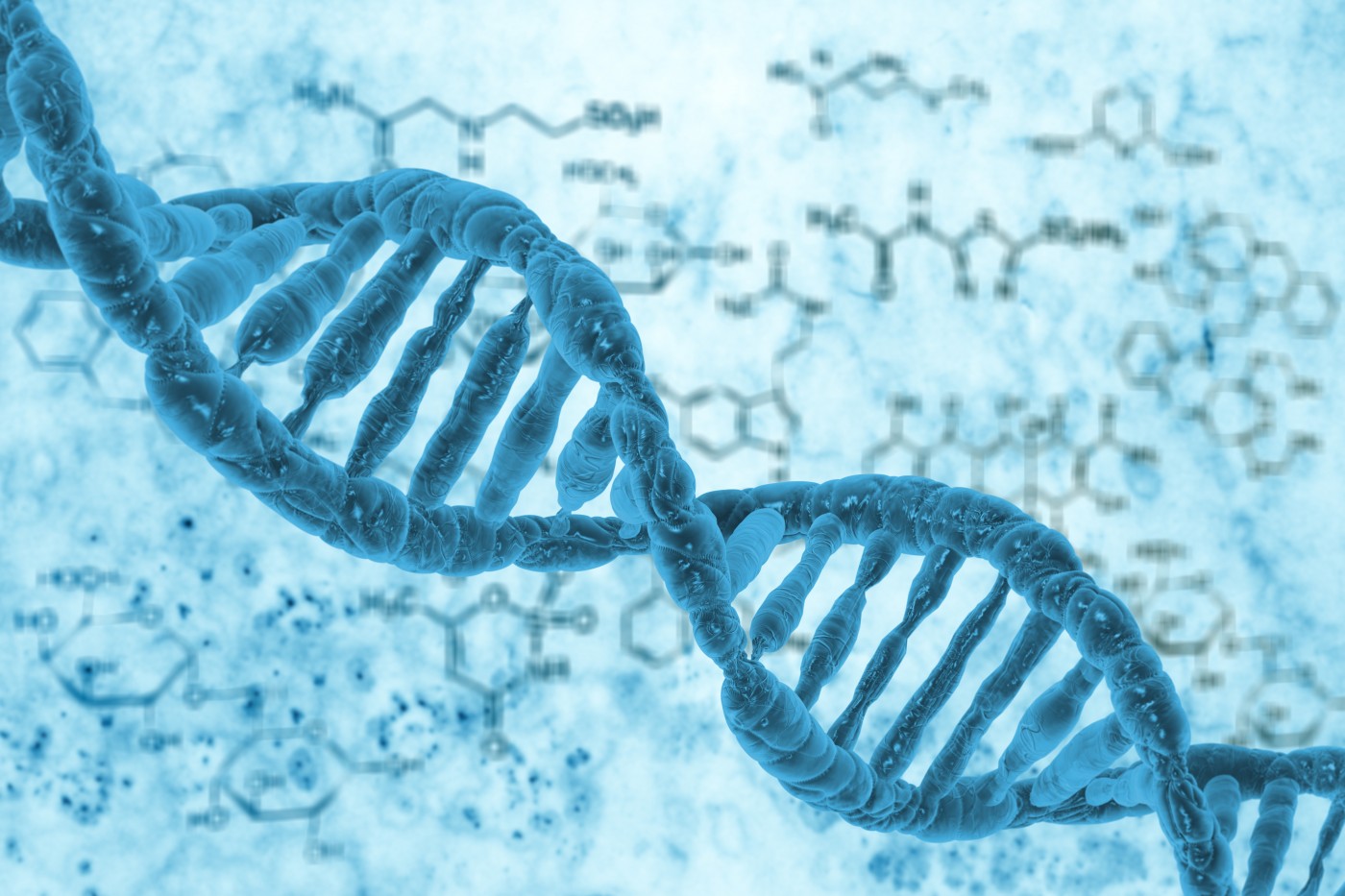Mitochondrial DNA Mutations Seen to Rise with Age and Hamper Effectiveness of Stem Cell Therapies

The benefits of induced pluripotent stem (iPS) cells, generated from patient-derived skin samples and used to repair damaged tissue, may be hampered by age-related mutations in mitochondrial DNA, a new study reported. The study argues for careful screening of mitochondrial DNA mutations in these cells.
Patient-derived stem cells, obtained through a simple skin biopsy, are revolutionizing numerous medical fields. The study, “Age-related accumulation of somatic mitochondrial DNA mutations in adult-derived human iPSCs“, published in the journal Cell Stem Cell, however, emphasized that cells derived from elderly patients may have accumulated mutations in their mitochondrial DNA.
Mitochondria, small cellular structures with the crucial task of providing the body with energy, harbor their own DNA. This DNA acquires mutations at a much faster speed than genomic DNA, and each cell — which has thousands of copies of mitochondrial DNA — can hold both normal and mutated genes.
“We call it the freckled effect,” Taosheng Huang, a senior study author, medical geneticist, and director of the Mitochondrial Medicine Program at Cincinnati Children’s Hospital, said in a press release. “Every single cell can be different. Two cells next to each other could have different mutations or different percentages of mutations.”
Dr. Huang’s team, together with researchers from Oregon Health & Science University, screened the whole mitochondrial genome of 14 adults using new next generation sequencing techniques, investigating how mutation rates changed with age.
“People tend to look just at the nuclear genome,” Dr. Huang said. “But if you want to use iPS cells in a human, you must check for mutations in the mitochondrial genome.”
When researchers create iPS cells to use as a treatment, the cells are tested for mutations. If a test uses Sanger sequencing, an older and less sensitive method, it will not detect mutations occurring in less than 20 percent of the cells, and mitochondrial mutations are often present at lower rates. Therapies developed from cells holding these mutations might render the treatment sub-optimal. “These mitochondrial mutations are actually hidden,” said Shoukhrat Mitalipov, co-senior author and director of the Center for Embryonic Cell and Gene Therapy at Oregon.
Not all the cells in a tissue sample are used to produce stem cells. Instead, researchers choose individual cells for expansion, making a potential screening process more manageable, since all the cells in the produced cell line will hold the same mutations.
To get a fuller picture of the variability of mitochondrial mutations, the research team took 10 cells from each tissue sample to expand and sequence. Researchers first analyzed samples of skin and blood, holding a mix of cells, and found low levels of mutations in the mitochondrial DNA. In contrast, sequencing stem cell lines derived from individual cells detected a much higher number of these DNA mutations.
Participants ranged in age from 24 to 72, and researchers noted that mutation rates were particularly high in individuals older than 60. Their cells also contained a higher proportion of mutated mitochondria, and the team found that the higher the percentage of mitochondrial DNA mutations in a cell, the more compromised was its function.
“It’s a good idea to check the iPS clones for mitochondrial DNA mutations and make sure you pick a good cell line,” Dr. Huang concluded. “Using next generation sequencing, it should be relatively cheap and do-able,” added Dr. Mitalipov.






